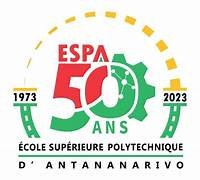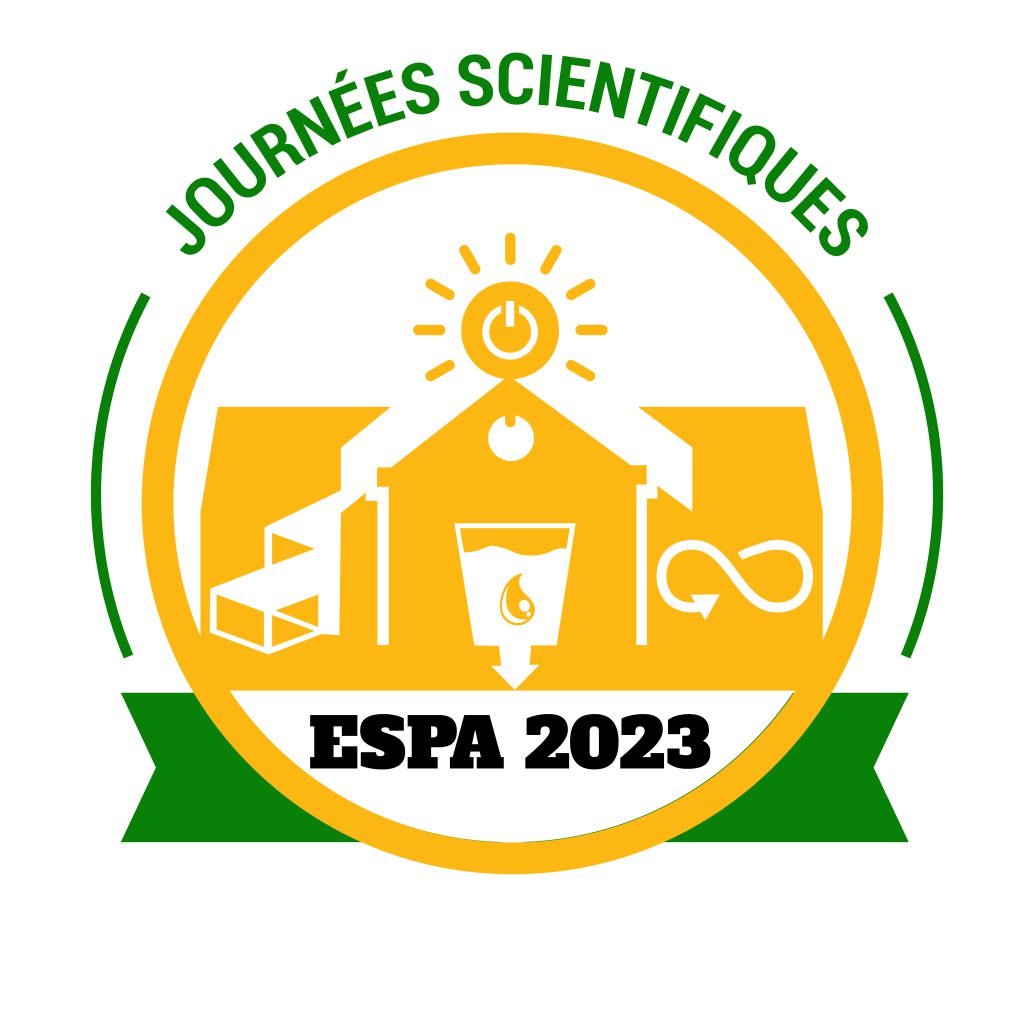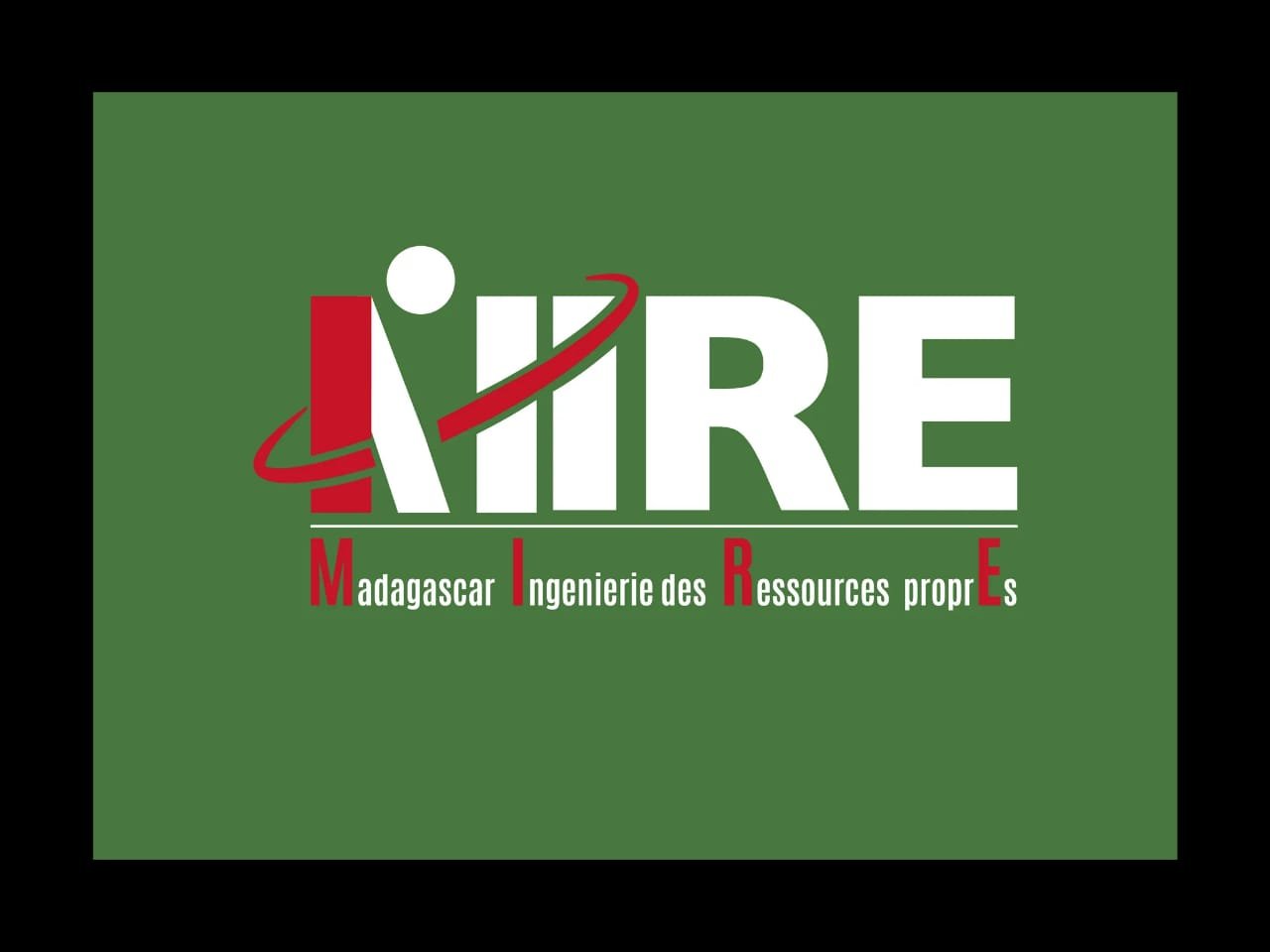Waste recovery using a heat-recovery incinerator
Résumé
The heterogeneity of waste, its considerable volumes, the lack of means and operating budgets, causing it to pile up on garbage bins, are among the problems faced by urban households and municipalities when it comes to waste management. Sorting at source and raising awareness among the population are proving to be effective solutions, but unequal levels of education are a major handicap to their implementation. The aim of this research project is to treat the daily waste of a modest Madagascan family, reducing its volume by 90% and recovering most of the energy from this reduction to meet part of its energy needs. In this way, a mini incinerator was created. The results of this research confirmed that incineration without waste sorting can be an effective solution for eradicating municipalities' concerns about urban waste management. The mini incinerator can reduce household waste by up to 91.02% in 1h30mn. Over 15 trials, the average weight of ash obtained during an incineration cycle was 3.952Kg for 44Kg of raw waste incinerated. Steam is emitted into the heat exchanger one hour after the start of the process, with a maximum temperature of 655°C. In short, incineration without sorting is the ideal technology not only for eliminating nuisance and pollution, but also for creating a healthier, better environment for mankind. Looking ahead, the installation of a heating system based on the recovery of the vapors obtained is the outcome of a new technology that every household can benefit from.
Household waste, treatment, incineration, prototype incinerator, volume reduction, energy
References
Electronic support
[2] CUA. « La gestion des déchets solides à Antananarivo ».2016. Available on : http://biblio.univantananarivo.mg/pdfs/andrianomenjanaharyRavonimalalaS_ECO_MAST_22.pdf
[6] Rouland, E. « Les échangeurs thermiques ».2012. Available on : http://talbourdel.yves.free.fr/resources/DOC/cours-iup-me-echangeurthermique-2.pdf
[4] SALAMA, JC. « Chapitre 10 : déchets ».2013. Available on : https://www.environnement.mg/wp-content/uploads/2019/04/14.-Chapitre-10-DECHET.pdf
[5] SAMVA, Novembre (2017), « Gestion des déchets solides ».2017. Available on: https://www.pseau.org/outils/ouvrages/samva_presentation_des_activites_du_samva_2017.pd f
Articles in Journals
[1] Kple, M., Nonviho, G., Bagan, G. C., Girods, P., Rogaume, Y., & Houngan, A. (2020). ISOTHERMAL KINETIC STUDY OF CORRUGATED CARTON USING THERMOGRAVIMETRIC ANALYSIS. International Journal of Energy, Environment and Economics, 28(4), 251-269.
[3] Venkatraman, K., Wilcox, S., Verheyen, V., & Panther, B. (2020). The Challenges of Utilising Bottom Ash from Waste to Energy Plant. International Journal of Energy, Environment and Economics, 28(4), 305-333.
[7] Venkatraman, K., Wilcox, S., Verheyen, V., & Panther, B. (2020). Potential use of treated bottom ash as a capillary barrier in phytocaps. International Journal of Energy, Environment and Economics, 28(4), 271-304.
[8]Oanh, T. T. K., Quoc, N. T., & Dieu, P. T. N. (2020). Renewable energy, foreign direct investment, economic growth, and environmental degradation in Asian countries. International Journal of Energy, Environment and Economics, 28(2), 87-101.


